Perfect pavilion: Casa Graciela lets the Mexican nature in

When designing Casa Graciela, a weekender in the popular vacation area of Santiago Tepetlapa, Mexican architects Jorge Ambrosi and Gabriela Etchegaray had a number of environmentally-focused goals. The Ambrosi Etchegaray founders wanted to establish an uninterrupted relationship between built environment and place, and to optimise the found terrain, as well as the outdoor lifestyle, which can be enjoyed all year round in this consistently mild area.
To achieve this they broke up structural elements, such as terraces, stonewalls and concrete slabs, submerged outdoor platforms in the landscape, and allowed nature to weave in and out of the various architectural spaces. A large terrace was also constructed at the property's highest, rear, point to best appreciate views.

Take an interactive tour of GP House
Structures were built by local people from stone, adobe block, timber, marble and concrete, which were all sourced in the region. These raw, simple materials were chosen to emulate the materiality of the local architecture, and for the fact that they will increasingly blend into their setting with age.
As so often happens in life, the biggest project challenge came from the thing that initially attracted. This remote and ruggedly beautiful setting lacked full utility infrastructure - in particular, the site had no available potable water or close power main. In the end, Ambrosi and Etchegaray found solutions to these challenges, which were not only practical, but greatly enhanced Casa Graciela's aesthetic and atmosphere.
In addition to installing cisterns for potable water collection, rainwater needed to be gathered for passive irrigation of planned landscaping. The latter challenge ultimately inspired a sequence of striking, water elements, including a gravity-fed water channel, which falls from the property's highest point - through contemplative ponds and a lap pool - to the cultivated gardens on the property's lower levels. These serve to reduce the local high and dry temperatures while creating a cool and contemplative environment, which is enhanced by the omnipresent sound of moving water.
Casa Graciela's open pavillion faces a horizon of jagged mountains and its dispersed structures and ponds hug the undulating terrain to finally create a home with beautifully blurred lines between inside and out.

The Ambrosi Etchegaray team had a number of environmentally-focused goals in mind, when designing this project
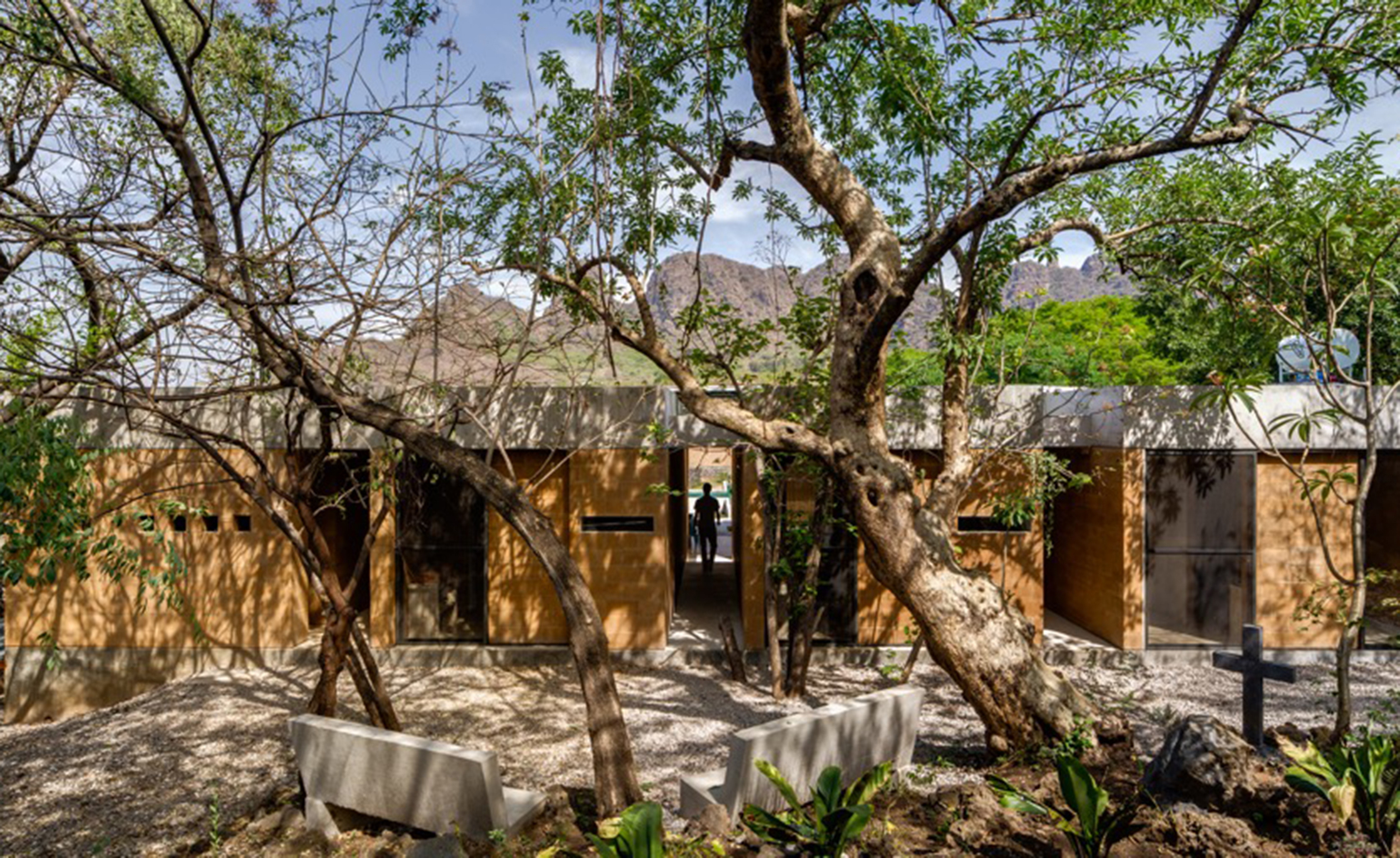
They wanted their structure to be as respectful to the surrounding mexican nature as possible, weaving it into the landscape
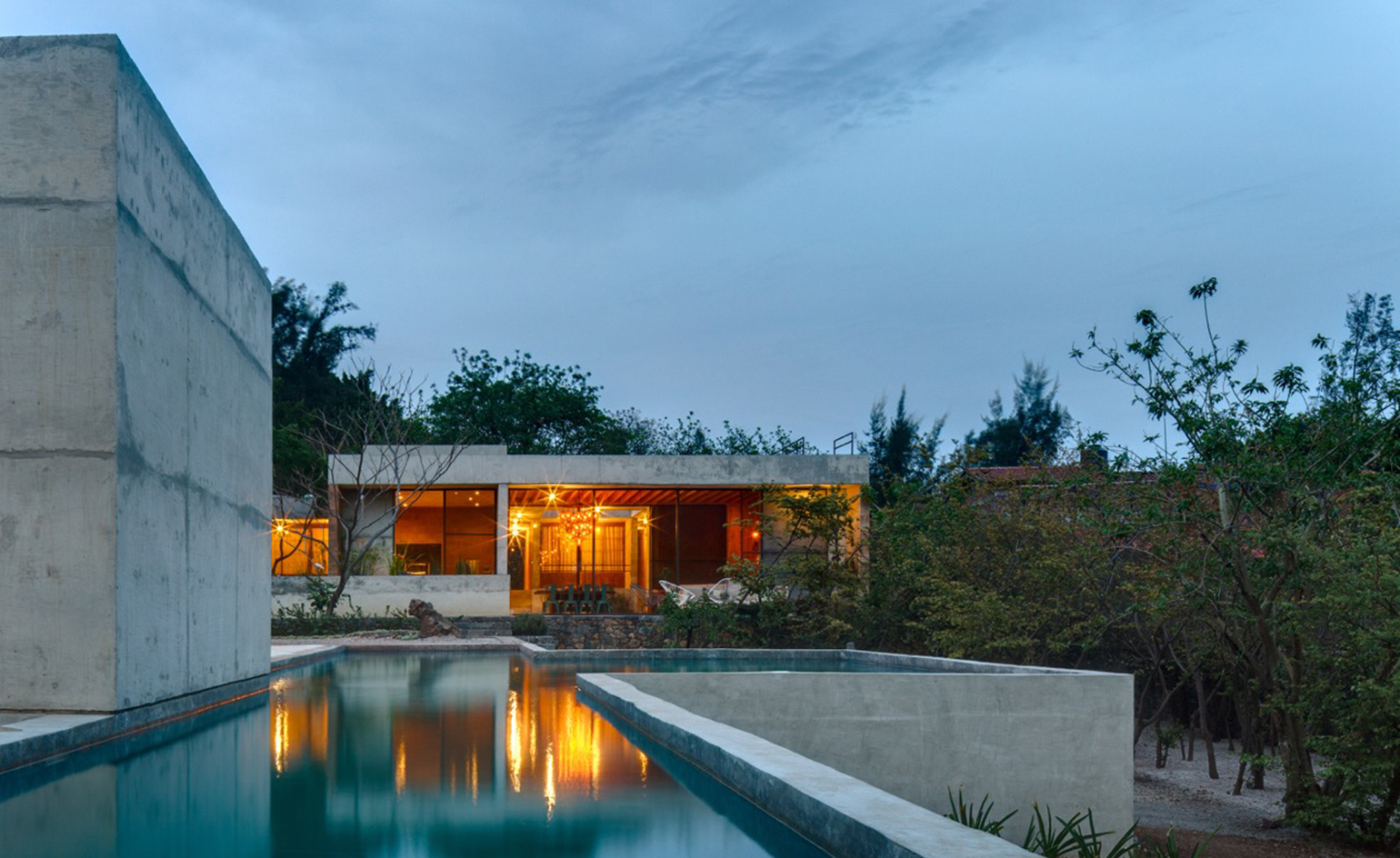
To achieve this they broke up the overall volume and embedded the house in its surroundings, allowing nature to enter the house
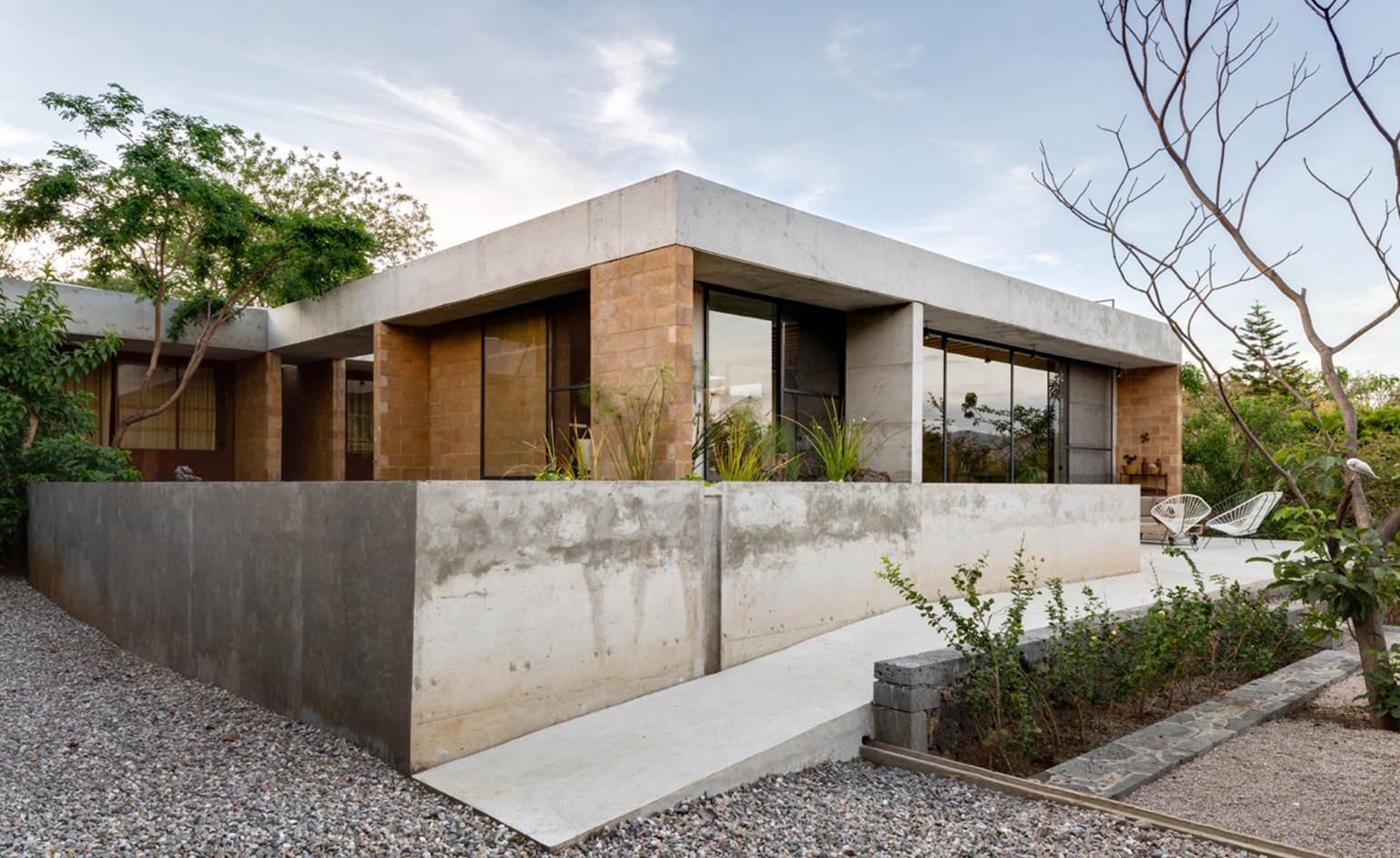
The house was built by local people from stone, adobe block, timber, marble and concrete
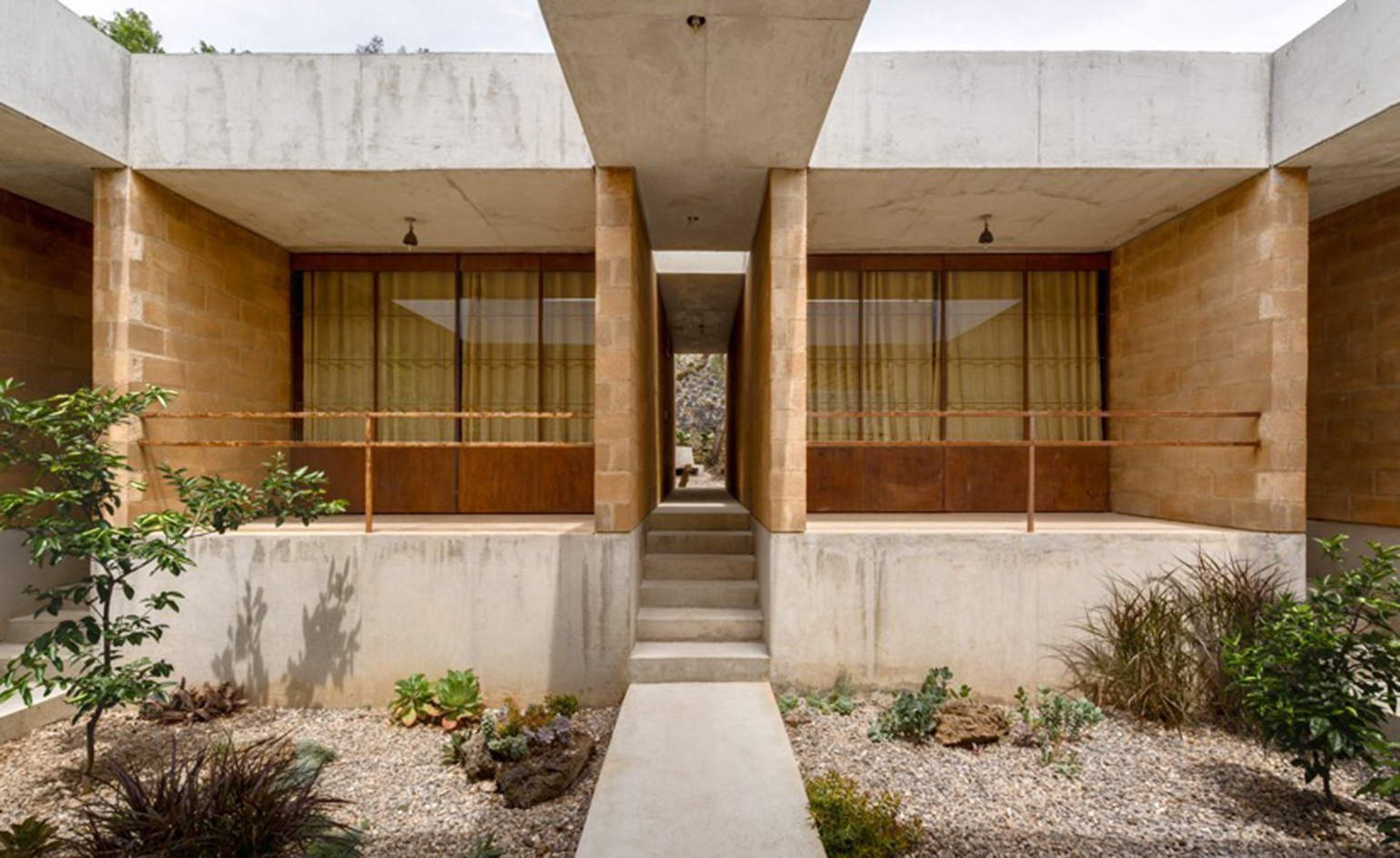
These raw, simple materials were chosen to emulate the materiality of the local architecture, while blending into the scenery
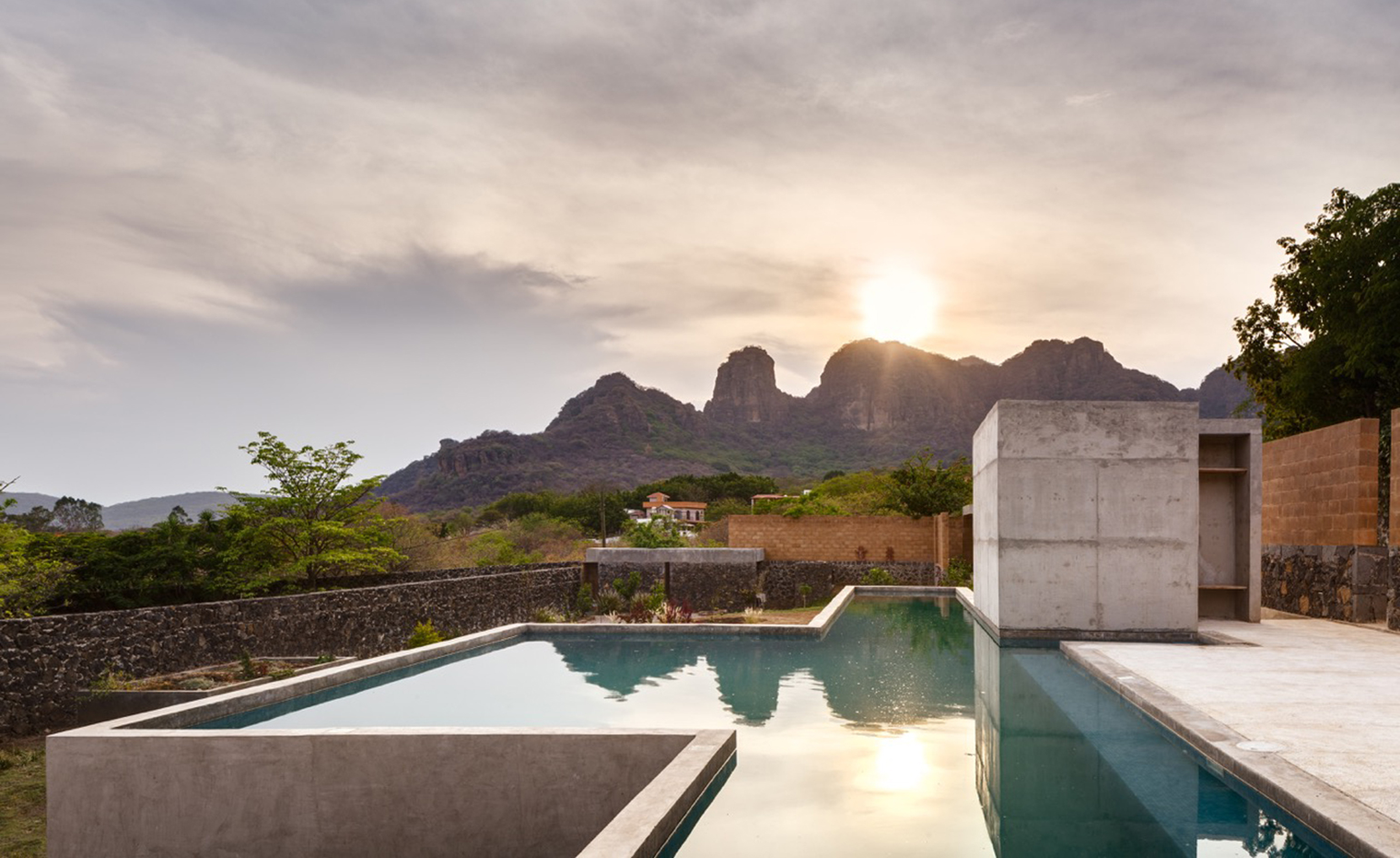
The complex features a strong water element. The architects installed cisterns for potable water collection...
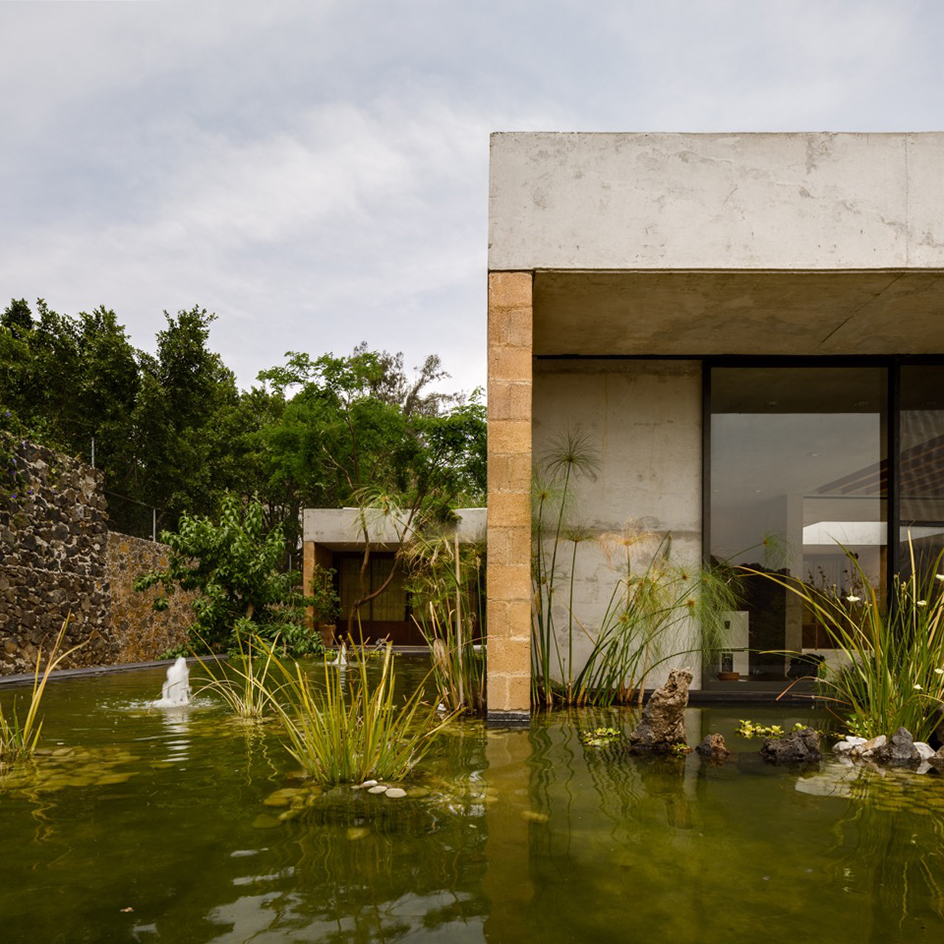
...while rainwater needed to be gathered for passive irrigation of planned landscaping

The water also serves to reduce the local high and dry temperatures
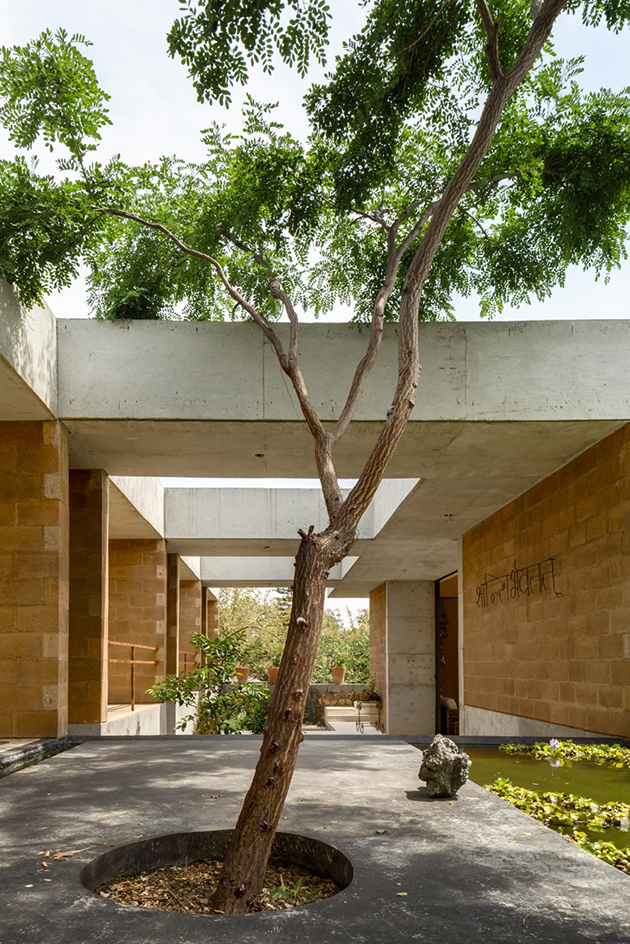
Indoors and outdoors areas blend as one in various parts of the house...

...while a large terrace was constructed at the property's highest, rear, point to best appreciate views
INFORMATION
For more information on the architects visit the Ambrosi Etchegaray website
Photography: Rafael Gamo
Receive our daily digest of inspiration, escapism and design stories from around the world direct to your inbox.
-
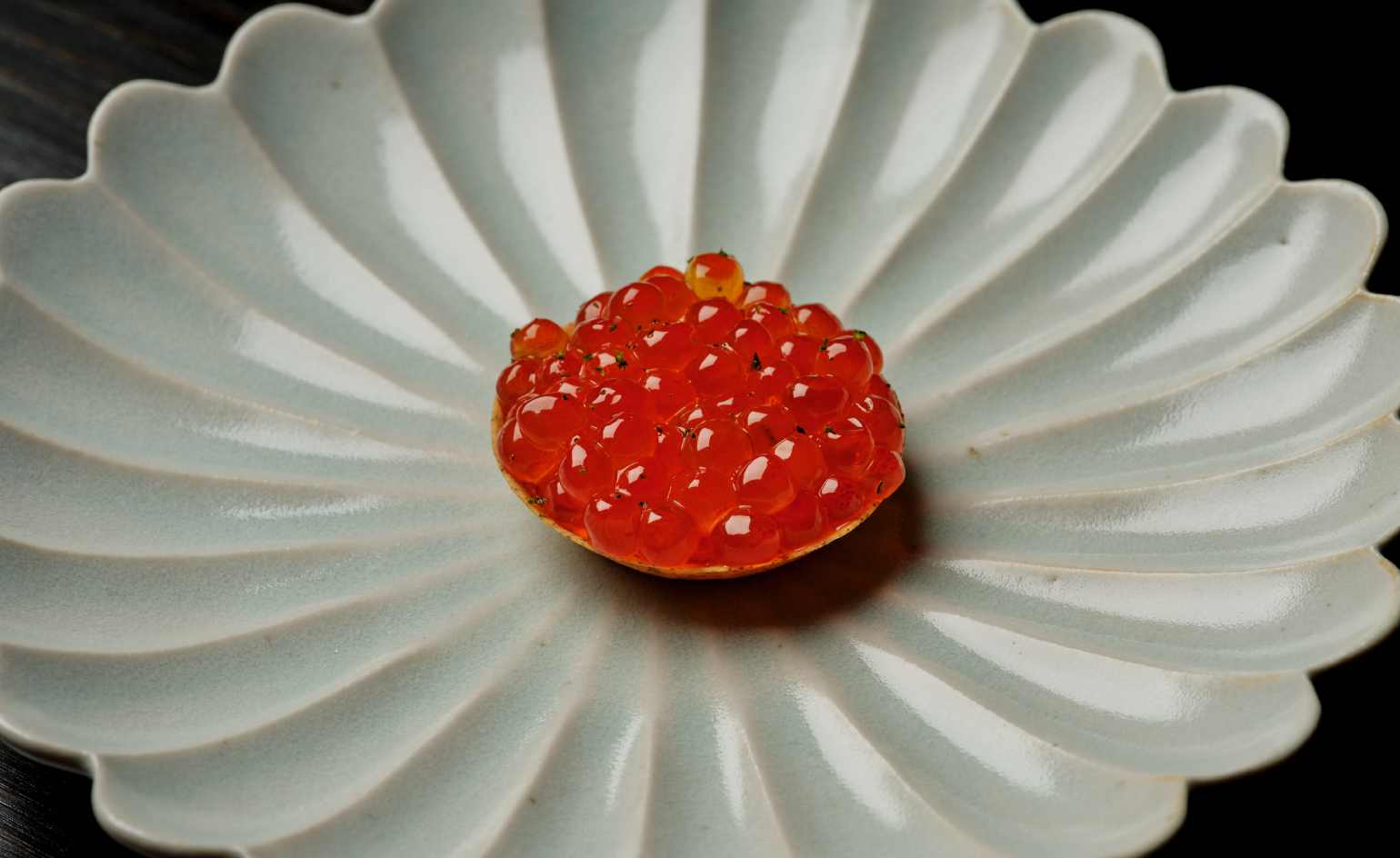 This cult Los Angeles pop-up restaurant now has a permanent address
This cult Los Angeles pop-up restaurant now has a permanent addressChef Brian Baik’s Corridor 109 makes its permanent debut in Melrose Hill. No surprise, it's now one of the hardest tables in town to book
-
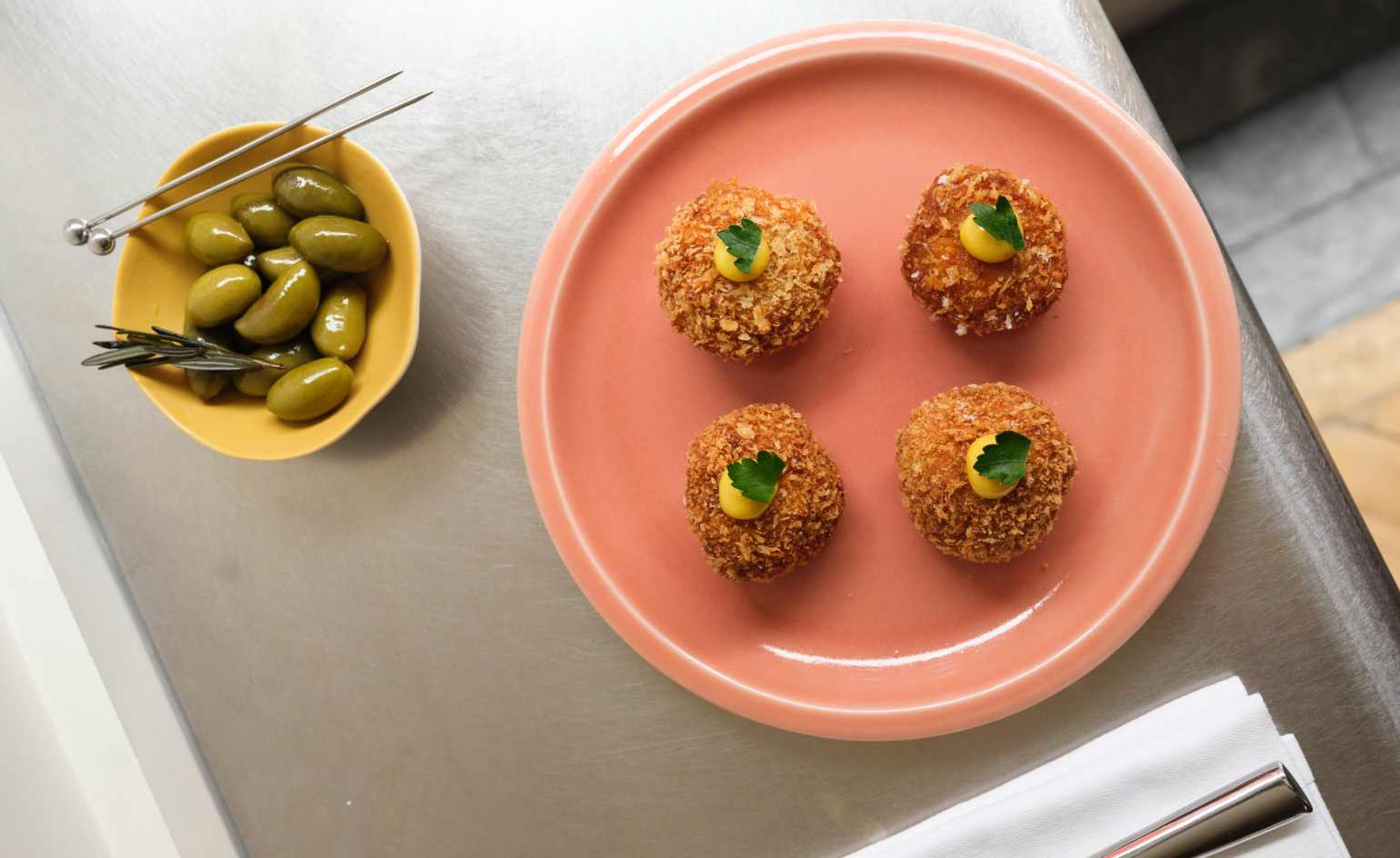 French bistro restaurant Maset channels the ease of the Mediterranean in London
French bistro restaurant Maset channels the ease of the Mediterranean in LondonThis Marylebone restaurant is shaped by the coastal flavours, materials and rhythms of southern France
-
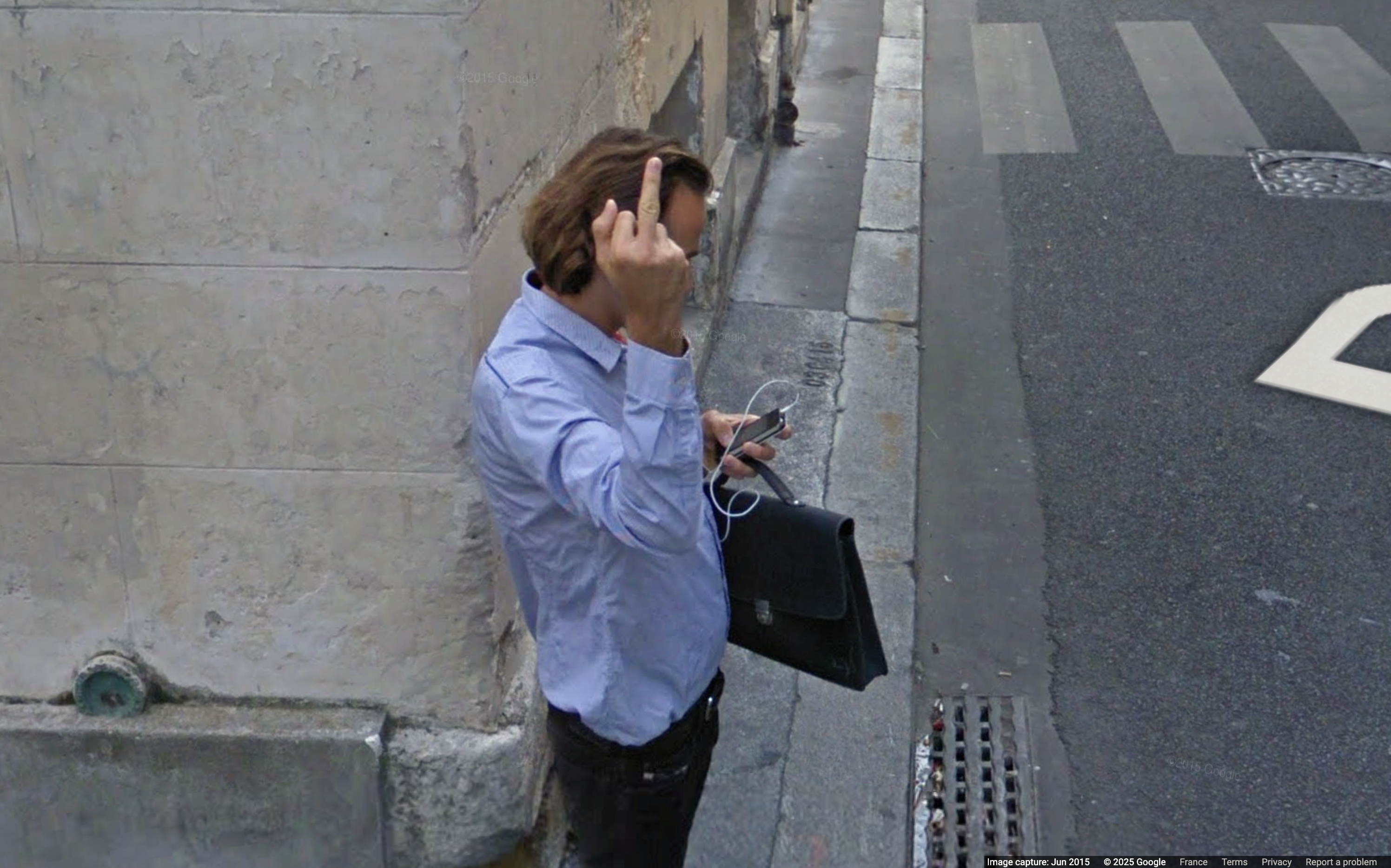 How ethical is Google Street View, asks Jon Rafman in Copenhagen
How ethical is Google Street View, asks Jon Rafman in CopenhagenIn 'Report a Concern - the Nine Eyes Archives' at Louisiana Museum of Art, Copenhagen, Jon Rafman considers technology's existential implications
-
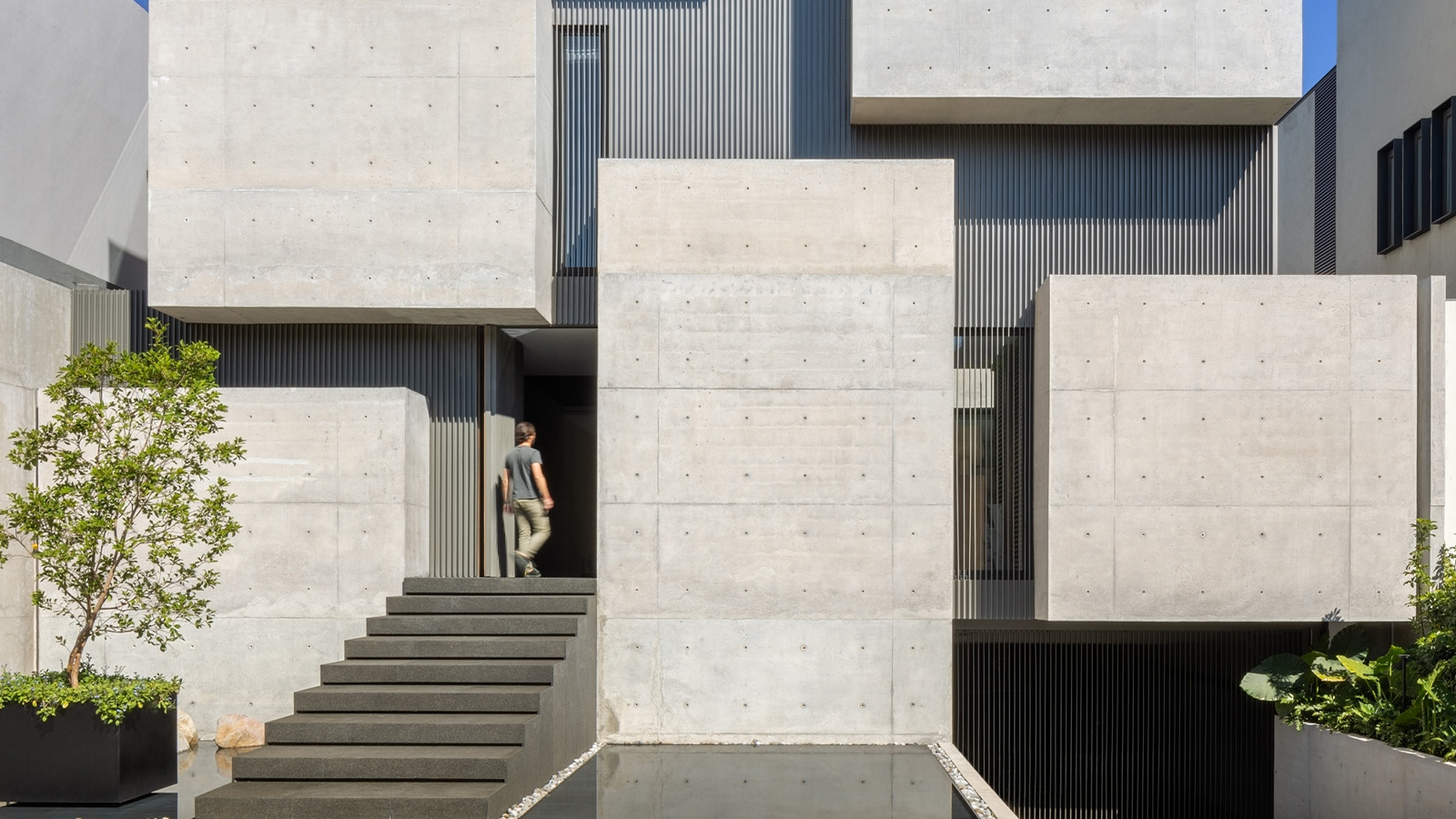 A cubist house rises in Mexico City, its concrete volumes providing a bold urban refuge
A cubist house rises in Mexico City, its concrete volumes providing a bold urban refugeCasa Ailes, a cubist house by Jaime Guzmán Creative Group, is rich in architectural expression that mimics the dramatic and inviting nature of a museum
-
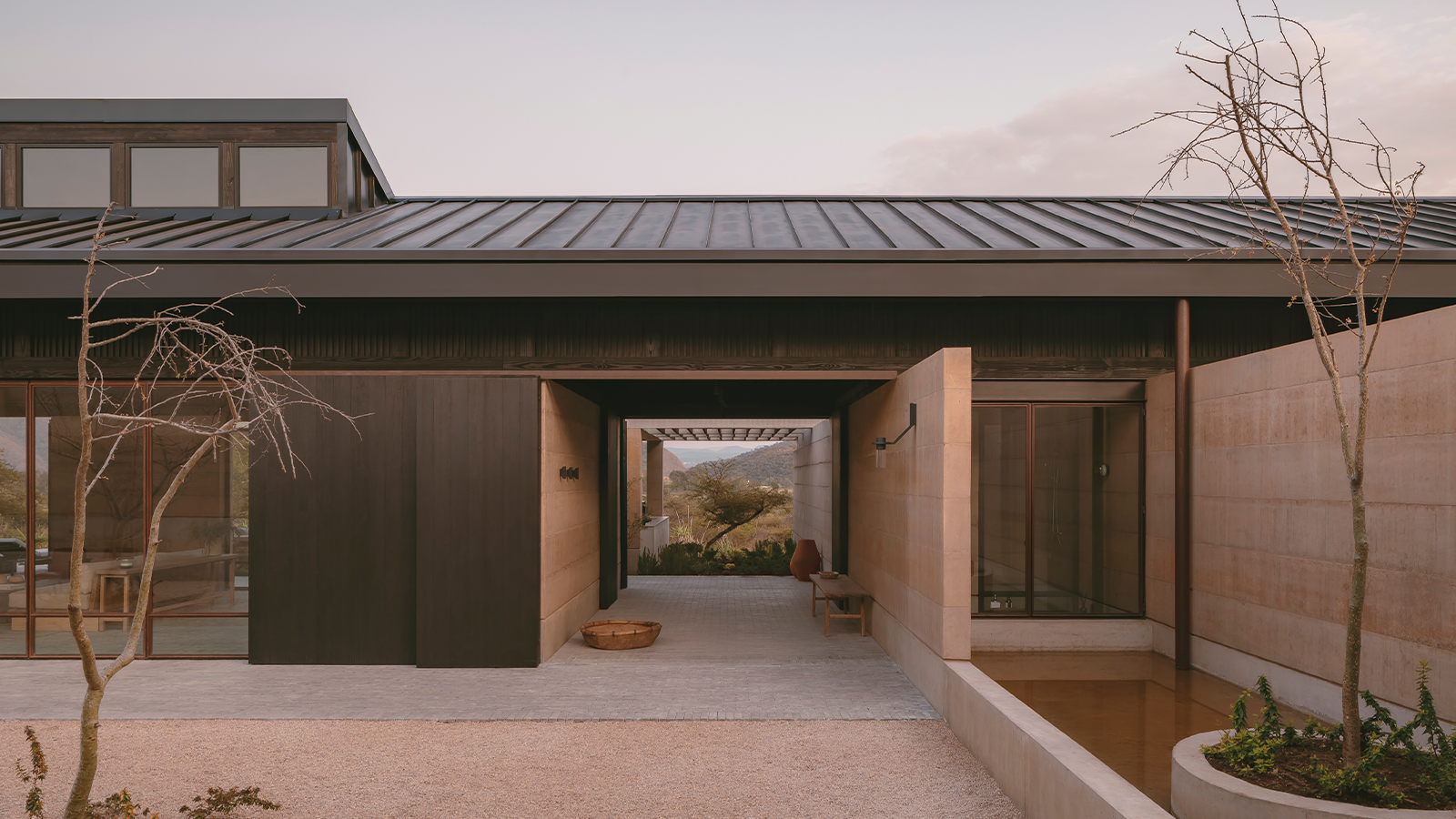 Serenity radiates through this Mexican home, set between two ravines
Serenity radiates through this Mexican home, set between two ravinesOn the cusp of a lakeside town, Mexican home Casa el Espino is a single-storey residence by Soler Orozco Arquitectos (SOA)
-
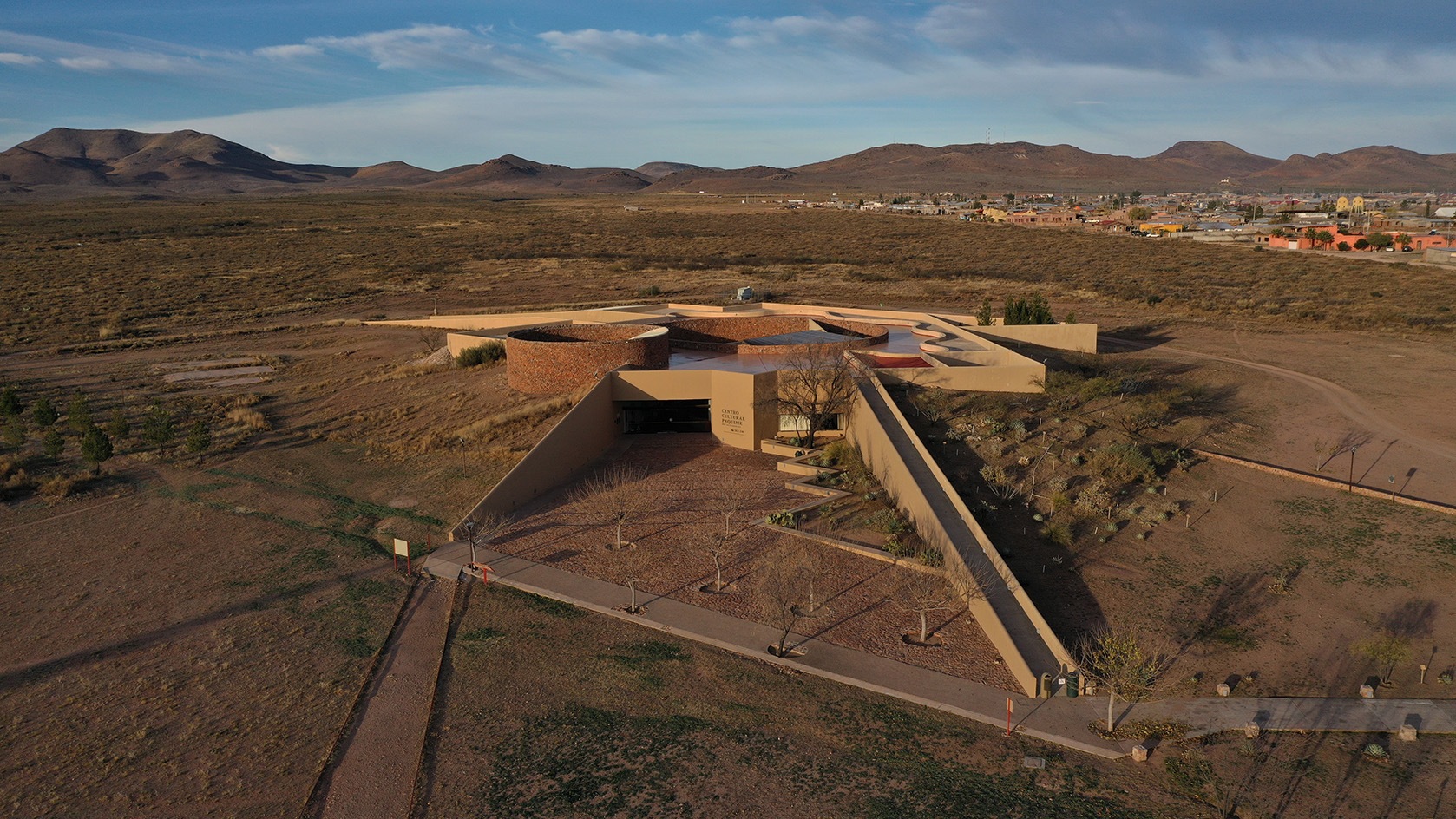 Mexican landscape architect Mario Schjetnan's Grupo de Diseño wins 2025 Oberlander Prize
Mexican landscape architect Mario Schjetnan's Grupo de Diseño wins 2025 Oberlander PrizeThe 2025 Oberlander Prize goes to Mexican landscape architect Mario Schjetnan and his studio, Grupo de Diseño, highlighting the creative's motto: 'We have a human right to open space'
-
 The Architecture Edit: Wallpaper’s houses of the month
The Architecture Edit: Wallpaper’s houses of the monthThis September, Wallpaper highlighted a striking mix of architecture – from iconic modernist homes newly up for sale to the dramatic transformation of a crumbling Scottish cottage. These are the projects that caught our eye
-
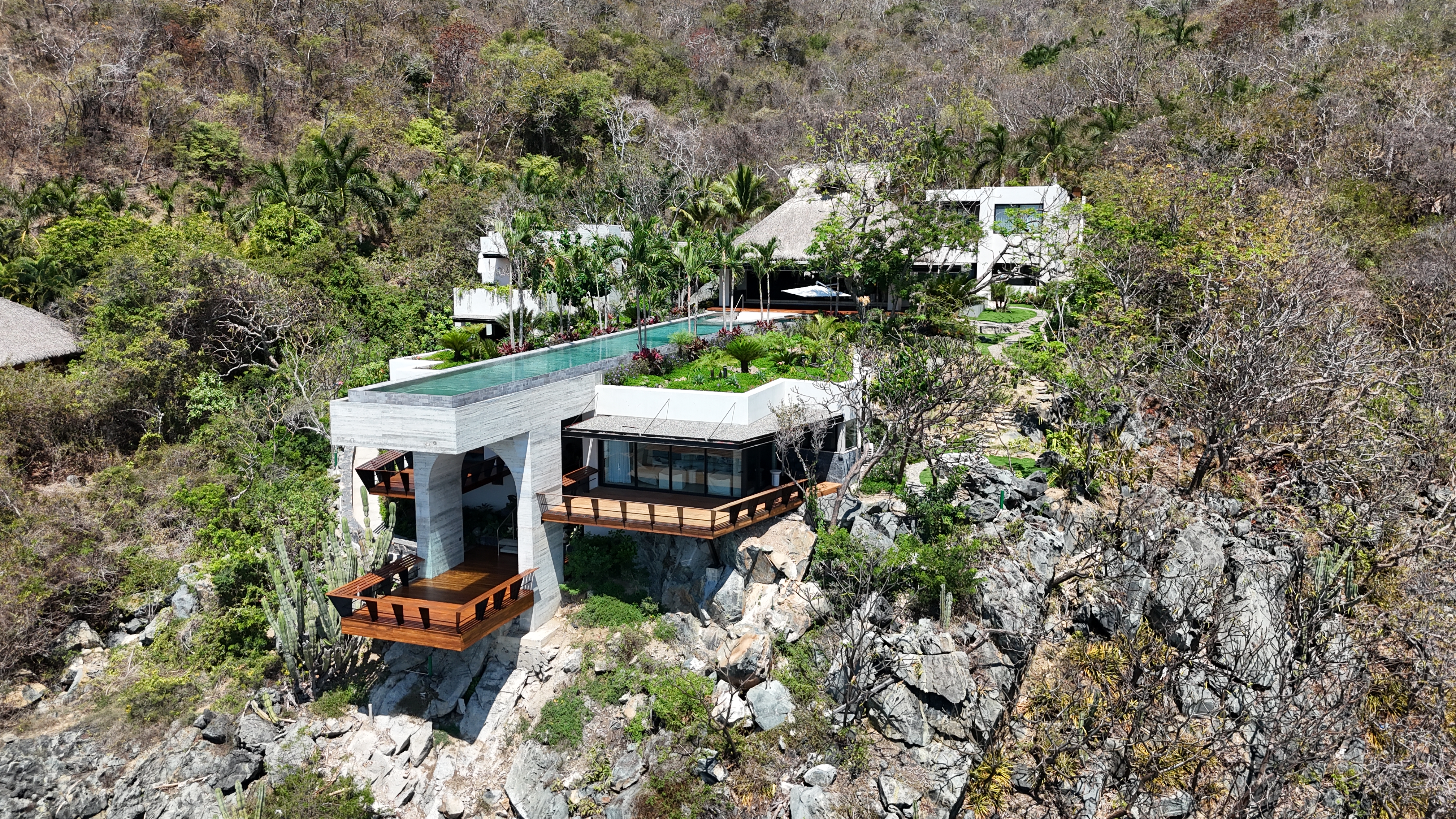 A Mexican clifftop retreat offers both drama, and a sense of place
A Mexican clifftop retreat offers both drama, and a sense of placeCasa Piscina del cielo, a clifftop retreat by Zozaya Arquitectos, creates the perfect blend of drama and cosiness on Mexico's Pacific Coast
-
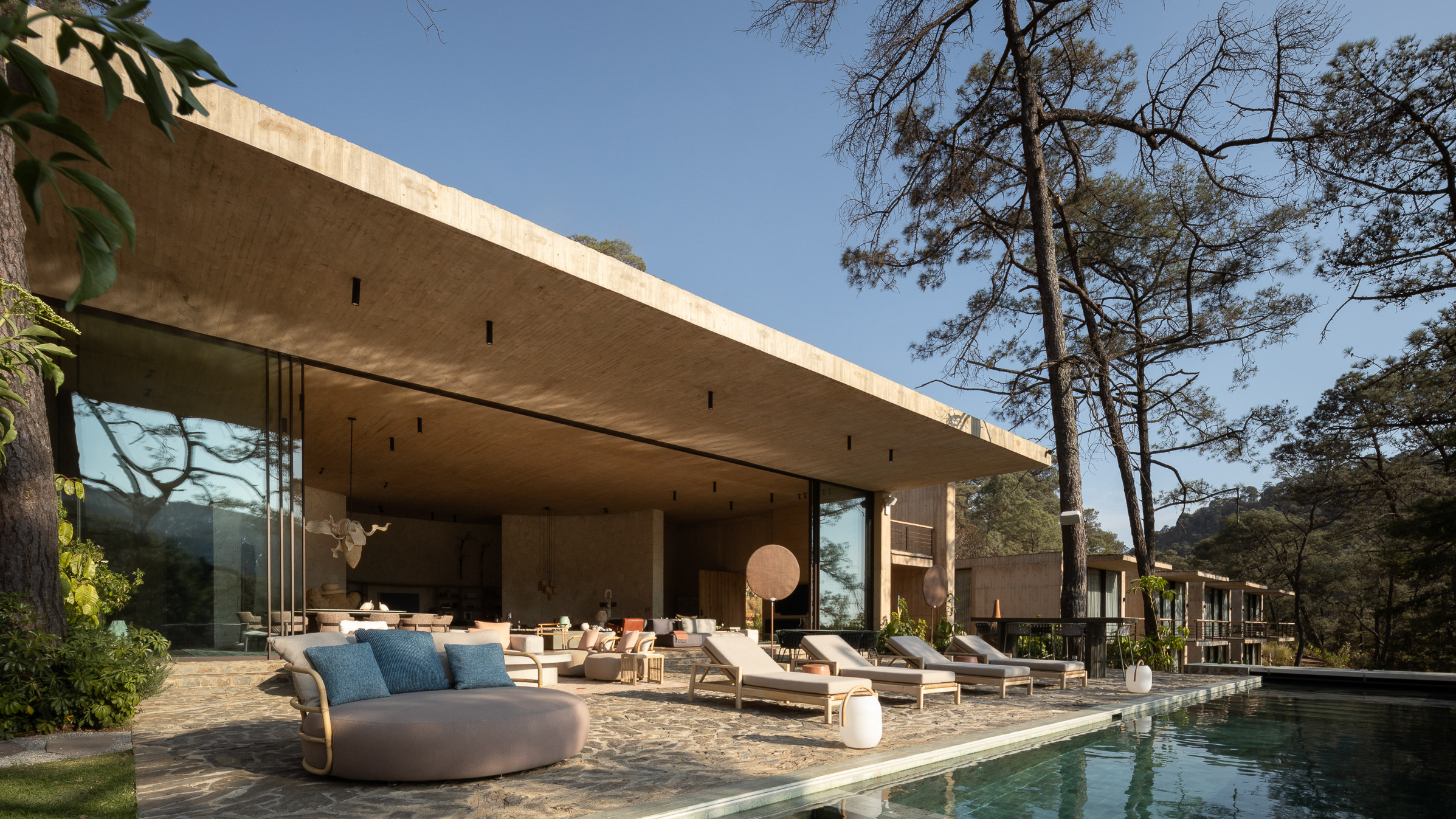 Broken up into six pavilions, this brutalist Mexican house is embedded in the landscape
Broken up into six pavilions, this brutalist Mexican house is embedded in the landscapeSordo Madaleno’s brutalist Mexican house, Rancho del Bosque, is divided up into a series of pavilions to preserve the character of its hillside site, combining concrete, curves and far-reaching views
-
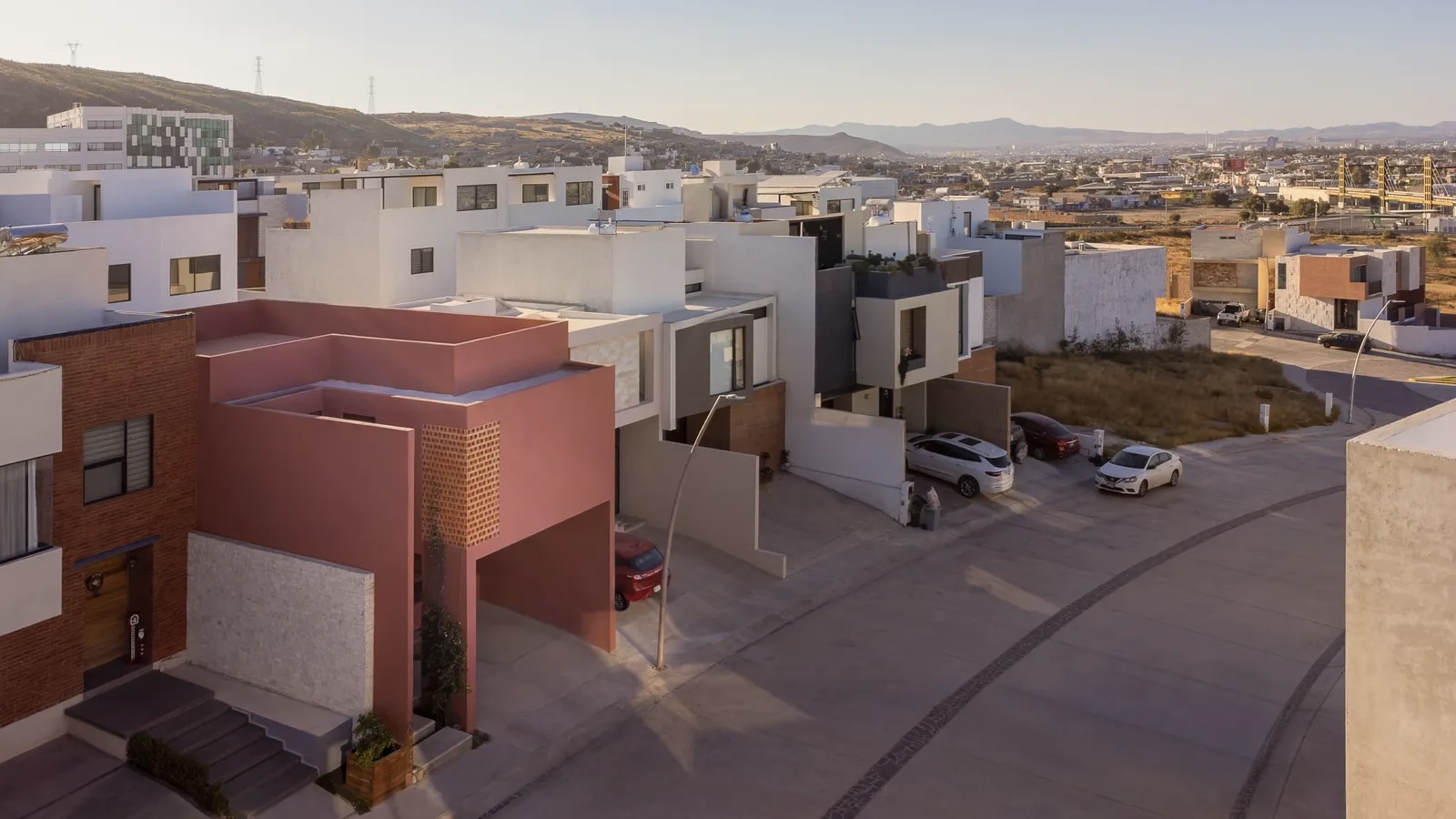 The Architecture Edit: Wallpaper’s houses of the month
The Architecture Edit: Wallpaper’s houses of the monthWallpaper* has spotlighted an array of remarkable architecture in the past month – from a pink desert home to structures that appears to float above the ground. These are the houses and buildings that most captured our attention in August 2025
-
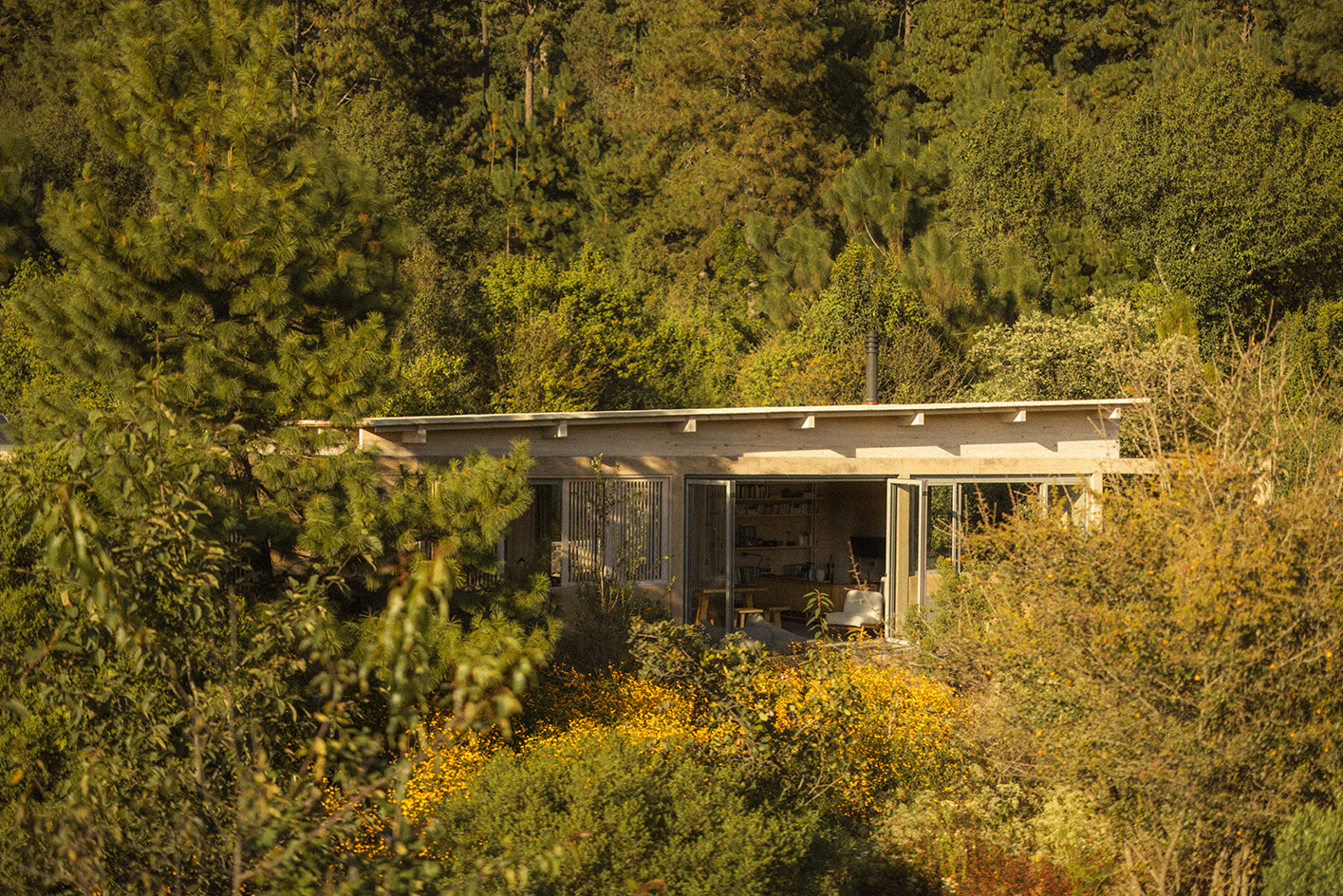 Estudio Ome on how the goal of its landscapes ‘is to provoke, even through a subtle detail, an experience’
Estudio Ome on how the goal of its landscapes ‘is to provoke, even through a subtle detail, an experience’The Mexico City-based practice explores landscape architecture in Mexico, France and beyond, seeking to unite ‘art and ecology’